Battery Storage
The principal benefit of lithium ion batteries is their ability to store large amounts of energy in a relatively small space. Lithium ion batteries have the added benefit of having an extremely high depth of discharge compared to lead acid batteries. This is why lithium ion batteries are generally the only type of battery to use for energy storage.
For energy storage applications, nominal voltages of 12, 24, and 48 are used. This generally means that the batteries in the energy storage system will generally be in either a 3S(4S for LFP), 7S, or 13S series configuration. Energy storage batteries generally have an amp hour rating of 100 ah or more, but smaller energy storage batteries can be made.
Articles in this category will revolve around long term energy storage, electrical preparation techniques, high capacity battery packs, and various series and parallel battery configurations.
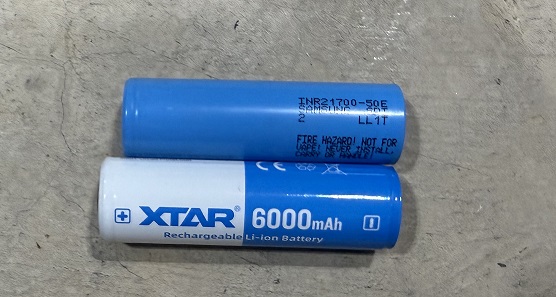
What is the Highest Capacity 21700 Cell
Looking to find the highest capacity 21700 cells on the market, that's not always the top consideration also the market is filled with tons of cells. We put together this article to help guide you to legit high-capacity 21700 cells and what to watch out for to avoid buying a fake cell.
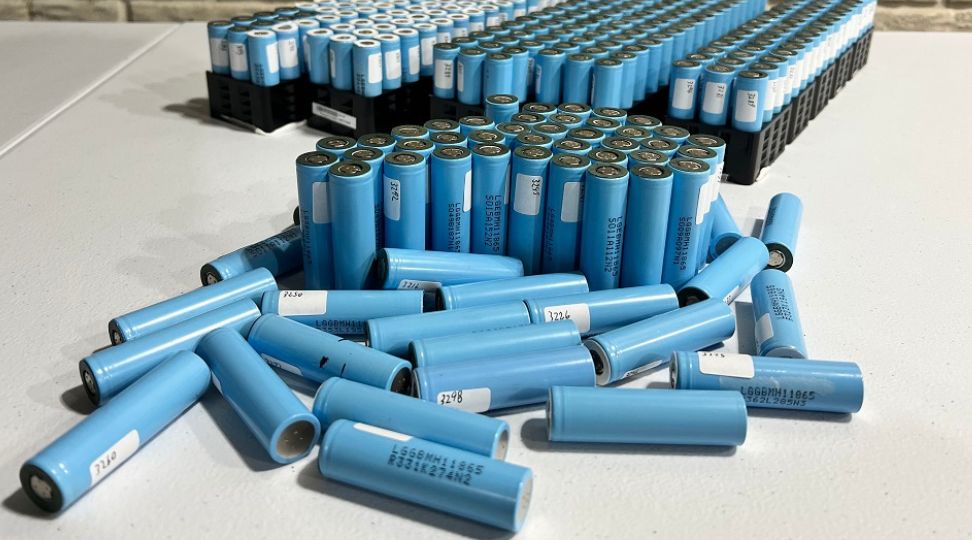
What shortens the life of lithium batteries
Heat is a major factor in reducing lithium battery life. Learn how exposure to sunlight, high currents, and low voltages can damage batteries, and discover effective strategies to enhance their lifespan.
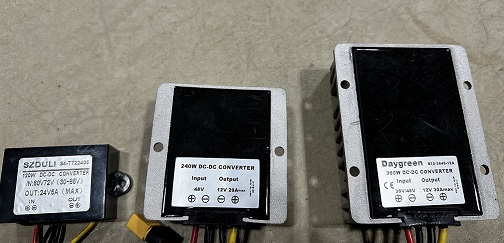
How to reduce 48 volts to 24 volts
To reduce 48 volts to 24 volts, use a buck converter. This guide explains how to use constant voltage and constant current buck converters for efficient voltage conversion. Perfect for applications like battery charging and running simple loads.
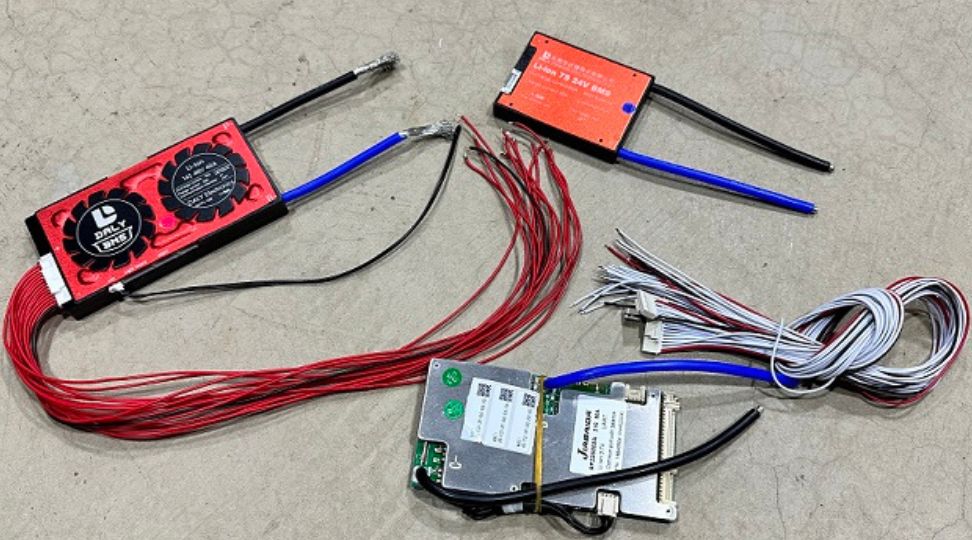
What are the two types of BMS
Discover the two main types of Battery Management Systems (BMS): common port, which uses one port for charging and discharging, and separate port, which has distinct ports for each. Understanding these can help you choose the right BMS for your needs.
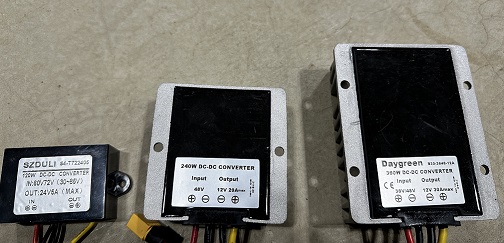
How to reduce 48 volts to 12 volts
Learn how to efficiently reduce 48 volts to 12 volts in your electronic projects. Discover the benefits of using buck converters over linear regulators for safer, cooler, and more efficient voltage reduction.
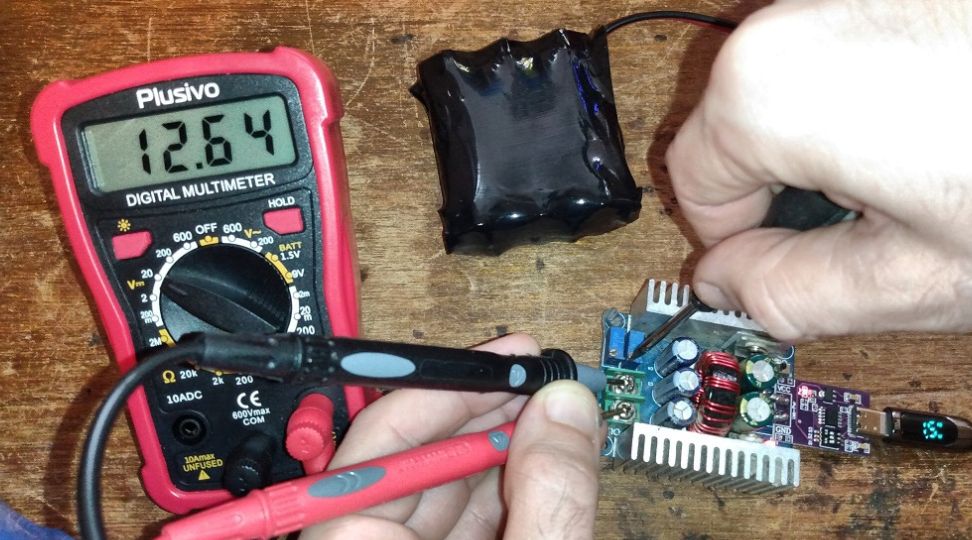
How Can I Increase The Power Of My 12v Battery
To increase the power of a 12V battery, you can use a boost converter to raise its voltage. This approach allows you to enhance battery performance without needing to change the connected devices. Follow this guide for straightforward instructions on using a boost converter to get more power from your battery.
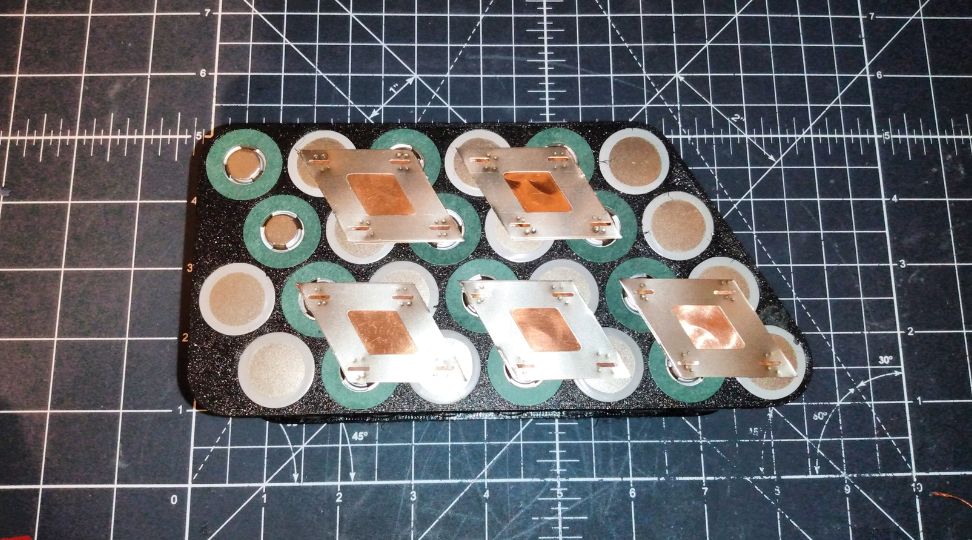
Why Do You Use Nickel Strips For Battery Packs
Nickel strips are a popular choice for battery packs because they're heat-resistant, rust-proof, and tough enough to handle stress and vibrations. Their affordability and durability make them ideal for creating safe and long-lasting battery packs.
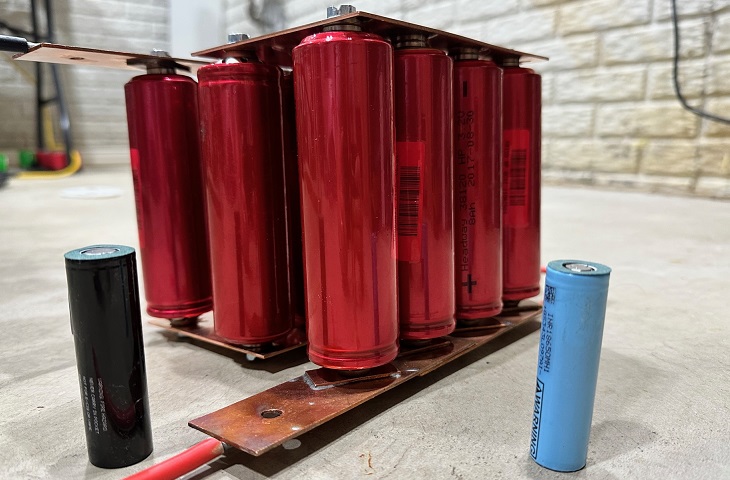
Differences Between 18650 vs 38120
If you are looking to start on a new build you have probably came across 38120 cells they are different from 18650 cells in more than just size. They each have an ideal use case so it makes it pretty easy to pick which would be best for your build. We go over those differences and more in this article.
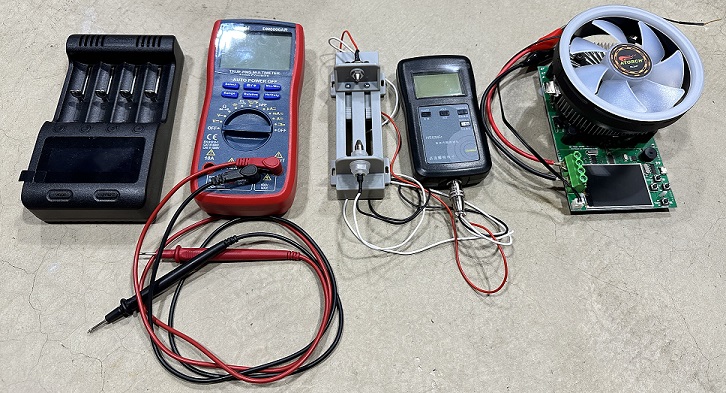
Best Battery Pack Capacity Testers
When buying new cells for a DIY powerwall or after you finish building a new battery pack, being able to test capacity is crucial in confirming your build quality. Knowing the capacity to ensure you are getting what you paid for is also helpful. Having a good capacity tester is crucial and we go over them here.